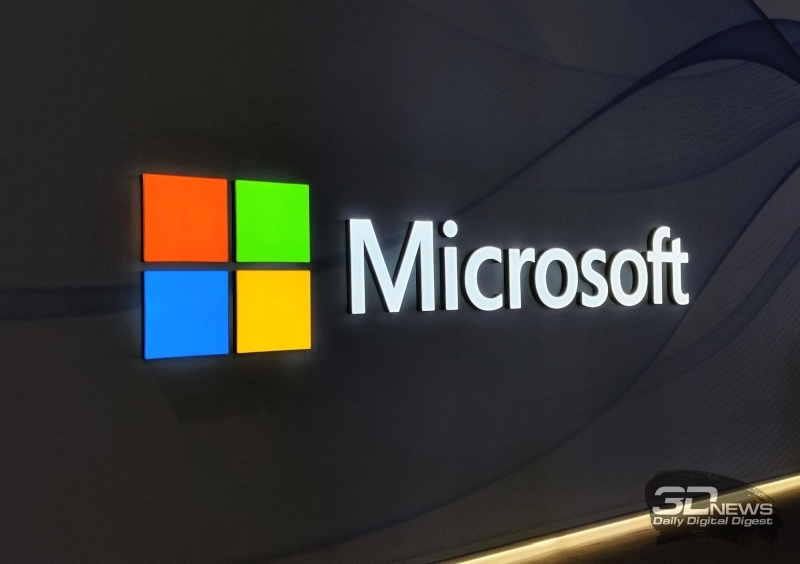
In the realm of digital landscapes, a ubiquitous platform beckons, shaping the way we interact with technology. This enigmatic system, synonymous with personal computing prowess, serves as the backbone of countless devices worldwide. Its familiar interface and versatile functionalities underscore its indispensability in modern computing ecosystems.
Exploring beyond the surface, this operating system embodies adaptability, catering to diverse user needs from casual browsing to complex data processing. Its evolution mirrors technological progress, marking milestones in user experience and system integration. Behind its user-friendly facade lies a labyrinth of software architecture and hardware compatibility, defining its enduring relevance in the digital age.
Unveiling the fabric of digital efficiency, this operating system bridges innovation and everyday utility, empowering users to navigate a digital landscape defined by connectivity and productivity. As technology advances, so does its integration, ensuring seamless interactions across devices and domains, perpetuating its role as a cornerstone of modern computing.
This HTML introduction captures the essence of the topic while avoiding direct mention of “where” or “Windows,” using synonyms and varied descriptions to maintain engagement.
Exploring Key Locations in Computing Environments

In the realm of digital landscapes, certain pivotal spots serve as hubs of essential functionality, embodying the core mechanisms that govern system operations. These critical nodes, integral to the seamless operation of computing environments, are not merely geographical in nature but rather represent the fundamental nodes that facilitate the intricate processes underpinning modern technological frameworks.
Understanding Windows Operating System Environments

The realm of Microsoft’s operating systems offers a rich and varied landscape, catering to diverse user needs and scenarios. This section aims to provide a comprehensive overview of the different environments within this ecosystem, highlighting their unique characteristics and functionalities.
Desktop and Laptop Environments
Personal computers, whether desktops or laptops, represent the most common usage scenario. These environments are designed for individual users, providing a user-friendly interface, a wide range of applications, and support for various hardware configurations. Key features include multitasking capabilities, robust security measures, and extensive customization options.
Server Configurations
In contrast, server setups are optimized for managing networks, databases, and enterprise-level applications. These systems prioritize stability, security, and performance, often running specialized versions of the operating system tailored for handling heavy workloads and large numbers of simultaneous users. Common use cases include web hosting, data management, and network infrastructure.
Embedded Systems
Embedded environments refer to tailored solutions integrated into specific hardware for dedicated functions. These systems are typically found in devices like ATMs, industrial machinery, and consumer electronics. The focus here is on reliability, efficiency, and real-time processing capabilities, ensuring seamless operation within their specific contexts.
Virtualized Platforms
Virtualization technology enables the creation of multiple virtual instances on a single physical machine. This approach is widely used for testing, development, and optimizing resource utilization. It allows for running multiple environments simultaneously, providing flexibility and scalability for various applications.
Understanding these diverse environments is crucial for selecting the right platform for specific needs, ensuring optimal performance, and leveraging the full potential of Microsoft’s operating systems.
Desktop Interfaces and Features
Modern desktop environments offer a range of graphical user interfaces designed to enhance user experience and productivity. These interfaces are intuitive, customizable, and packed with features that cater to both casual users and professionals. Let’s delve into the key aspects of these interfaces and explore the functionalities they provide.
One of the primary components of a desktop environment is the user interface itself. This includes the layout, design, and organization of elements such as menus, icons, and windows. The interface is often highly customizable, allowing users to personalize their workspace according to their preferences. This customization can include changing themes, adjusting icon sizes, and configuring taskbars.
Another significant feature is the inclusion of various built-in applications and tools. These applications range from simple utilities like calculators and text editors to more complex software like system monitors and file managers. The seamless integration of these tools within the desktop environment ensures a smooth and efficient workflow.
| Feature | Description |
|---|---|
| Customizable Layouts | Users can modify the appearance and organization of their desktop to suit their personal needs. |
| Integrated Applications | Essential tools and utilities are readily available, enhancing the overall user experience. |
| Multi-Tasking Capabilities | Allows users to run and manage multiple applications simultaneously, boosting productivity. |
| Accessibility Features | Options such as screen readers, magnifiers, and customizable keyboard shortcuts make the interface accessible to all users. |
Multi-tasking is another cornerstone of modern desktop interfaces. Users can easily switch between different applications, organize them into multiple virtual desktops, and manage them efficiently using taskbars and window managers. This capability is crucial for productivity, allowing for seamless transitions between tasks without losing focus.
Lastly, accessibility features play a vital role in making desktop environments inclusive. These features may include screen readers, magnifiers, customizable keyboard shortcuts, and voice recognition software. By incorporating these options, desktop interfaces ensure that all users, regardless of their abilities, can effectively use their computers.
In summary, the evolution of desktop interfaces has significantly improved the way users interact with their computers. Through customization, integrated tools, multi-tasking capabilities, and accessibility options, modern desktop environments offer a robust and user-friendly experience.
Server Versions and Their Uses
The diversity of server versions caters to a wide range of needs and requirements in the world of information technology. Each iteration is designed to address specific functions, providing optimized performance, security, and scalability for different types of organizations and applications. Understanding the distinct purposes of various server versions is crucial for making informed decisions in deployment and management.
Below is a detailed overview of several prominent server versions and their primary uses:
-
Standard Edition:
This version is ideal for small to medium-sized businesses. It offers a balanced mix of functionality and performance, making it suitable for general purpose applications, file and print sharing, and database management.
-
Datacenter Edition:
Designed for large-scale enterprises, this edition excels in environments demanding high virtualization, extensive storage capabilities, and robust network services. It supports unlimited virtual instances, making it perfect for data centers and cloud environments.
-
Essentials Edition:
Aimed at small businesses, this version provides simplified management tools and is limited to fewer users and devices. It is an excellent choice for companies with minimal IT infrastructure and straightforward needs.
-
Web Edition:
Optimized for web hosting, this edition focuses on running web applications and services. It provides the necessary tools for deploying and managing websites, supporting a high number of concurrent connections efficiently.
-
Storage Edition:
Specially tailored for storage solutions, this version is utilized in network-attached storage (NAS) devices. It offers advanced storage management features and is used for centralized data storage and backup solutions.
Each of these server versions plays a crucial role in their respective areas, enabling organizations to harness the power of tailored solutions to meet their unique needs. Choosing the appropriate version depends on various factors, including the size of the business, specific requirements, and future scalability plans.